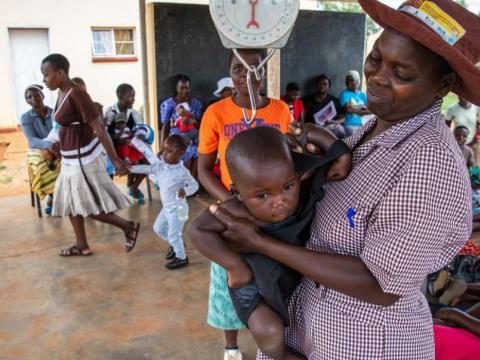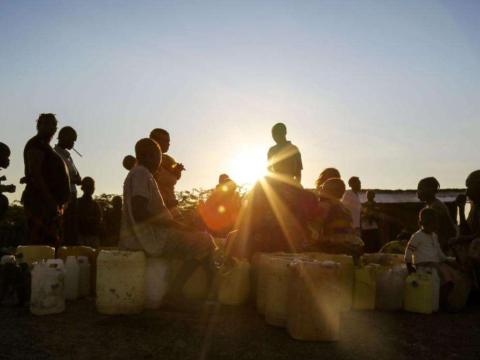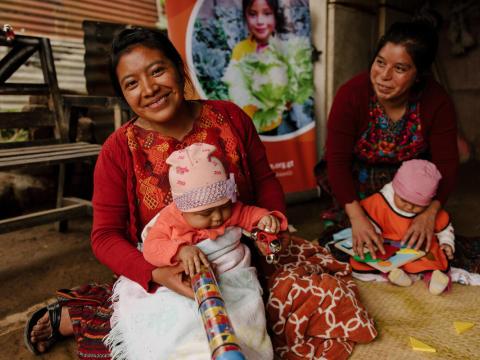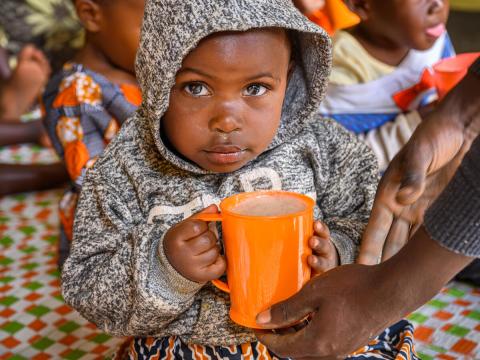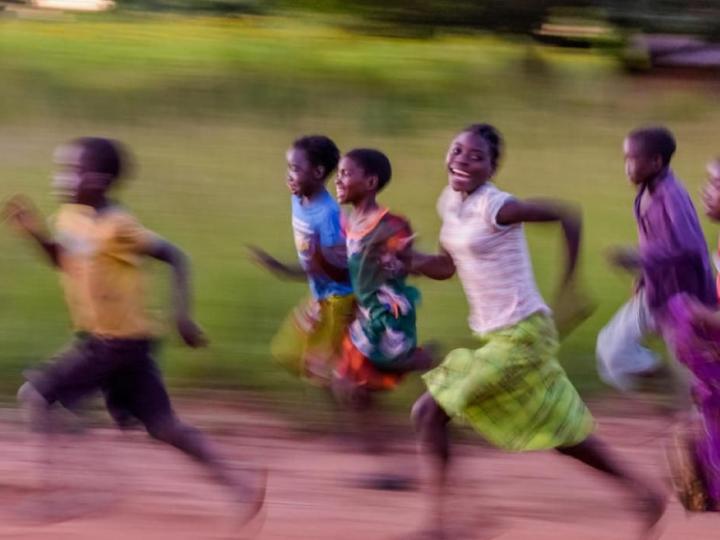
Beyond Surviving - It's Time to Thrive!
Putting the most vulnerable children first
While global progress has reduced preventable child and maternal deaths over the past 30 years, stark inequalities remain. Children from the poorest households are twice as likely to die before their fifth birthday as those from wealthier families. Despite gains, the most vulnerable still face many of the same health and nutrition challenges that existed decades ago.
Why child health and nutrition still demand urgent attention
- Nearly 50% of under-five deaths now occur in the newborn period.
- Malnutrition contributes to 45% of all under-five deaths and 20% of maternal mortality, yet only 1 in 5 children with severe wasting receives treatment.
- Pneumonia, diarrhoea, and malaria remain major killers – accounting for more than 43% of under-five deaths.
- The triple burden of malnutrition – undernutrition, micronutrient deficiencies, and overweight – threatens long-term child development.
Undernourishment in adolescent girls and women, combined with child marriage, leads to low birth weight and premature births – the leading causes of newborn mortality. Emerging evidence also highlights the crucial role of caregiver mental health, particularly maternal depression, in shaping child nutrition and survival outcomes.
A shift from survive to thrive
To break intergenerational cycles of poor health and nutrition, we must intervene earlier – starting with adolescent girls. Our deepening focus spans the 'survive to thrive' continuum, addressing both immediate health needs and the root causes of malnutrition and child mortality.
Leveraging community networks for impact
World Vision partners with:
- 135,000+ Community Health Workers
- 400,000+ faith leaders
These networks enable us to:
- Promote positive parenting and caregiver mental health
- Prevent and respond to violence affecting 1.7 billion children
- Create safe, secure, and nurturing home environments
Our priority: children aged 0–5, with a focus on nutrition
Our approach centres on children under five – particularly those facing malnutrition. In line with World Vision’s Child Protection minimum requirements, we also:
- Promote the meaningful participation of older children
- Address intergenerational health issues, such as adolescent malnutrition’s impact on birth outcomes and the link between child marriage and maternal and child mortality
Integrated, multisectoral strategies
We advance child health and nutrition by addressing its broader determinants:
- Holistic nurturing care for young children
- Adolescent nutrition, especially anaemia prevention
- Reproductive health for women and adolescent girls
- Maternal mental health, including depression
- Early childhood stimulation and development
- Child marriage and violence prevention
- Injury prevention
We discourage activities that fall outside our strategic focus, including:
- Annual health check-ups for sponsored children
- Direct provision of tertiary care and specialist services
- Most infrastructure construction (except through specific grants)
- Pharmaceutical procurement (unless grant-funded with proper quality assurance and staffing)
Innovation through grant-funded initiatives
Our sector approach also includes evidence-based, scalable interventions:
- Healthy Timing and Spacing of Pregnancy
Promoting family planning and birth spacing through diverse, community-driven methods. - Interpersonal Psychotherapy for Groups (IPT-G)
A group-based mental health programme for caregivers, particularly mothers experiencing postnatal depression, which can be facilitated by supervised non-specialised staff and delivered in community settings. - Problem Management Plus (PM+)
A low-intensity mental health intervention using adapted cognitive behavioural techniques to support adults in high-stress, low-resource settings. - Women, Adolescent and Young Child Spaces (WAYCS)
Also known as baby-friendly tents or corners, these safe spaces provide breastfeeding support, nutrition counselling, rest, and peer interaction for mothers and children in fragile or humanitarian settings.
Core Project Models
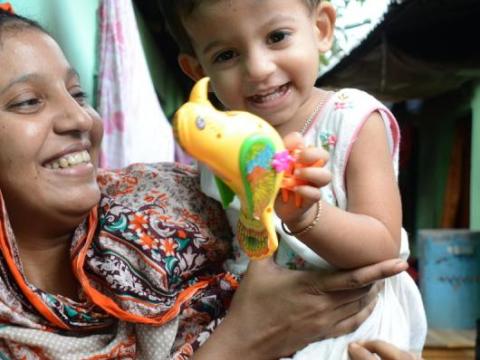
Health and Nutrition Sector Approach 2020–2030
World Vision champions child well-being so children and adolescents survive, thrive, and grow into healthy adults.
